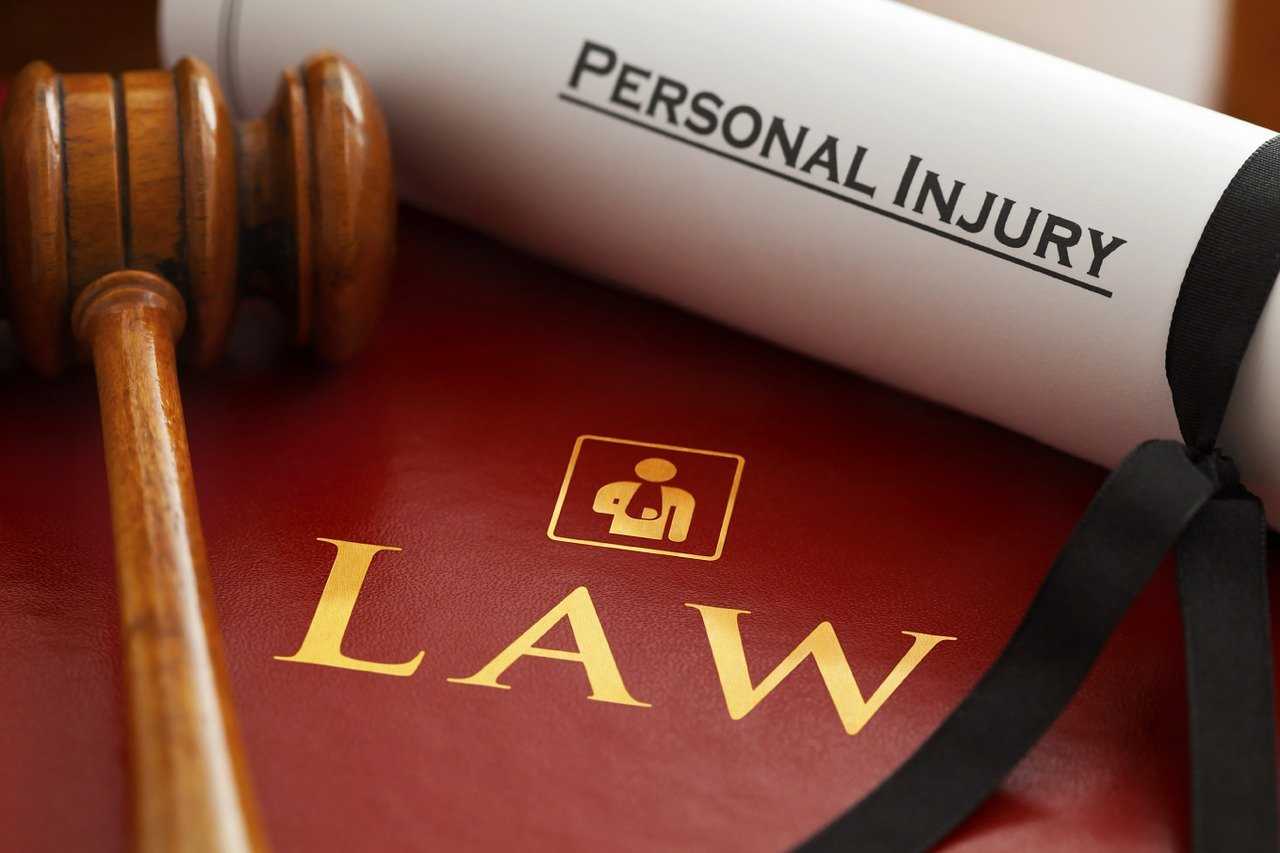
Personal Injury
When it comes to personal injury cases, time is of the essence. The statute of limitations is an important aspect of the legal system that determines the timeframe within which an injured party can file a lawsuit. Understanding the statute of limitations is vital for both victims and personal injury lawyers alike.
Defining the Statute of Limitations
The statute of limitations refers to a specific time frame during which legal action must be initiated. It sets the deadline for filing a lawsuit after an incident has occurred, such as a personal injury. Its primary purpose is to ensure that legal disputes are resolved in a timely manner and that evidence is fresh and readily available. It also protects defendants from being sued indefinitely, as memories fade, evidence deteriorates, and witnesses become less reliable over time.
Timeframe Variations by Jurisdiction
It’s important to note that the statute of limitations can vary depending on the jurisdiction and the type of personal injury case. Each state or country establishes its own specific limitations period, ranging from one to several years. For example, a state may require a personal injury claim to be filed within two years from the date of the incident, while another jurisdiction might set a three-year deadline. Some jurisdictions also have different time limits for different types of personal injury cases, such as medical malpractice or product liability.
Rationale for Statute of Limitations
The statute of limitations serves several crucial purposes within the legal system. Firstly it promotes efficiency and fairness by ensuring that lawsuits are filed within a reasonable time frame. This allows defendants to address the claims promptly and gather evidence to mount a defense. Additionally, it prevents plaintiffs from exploiting old claims that may be challenging to defend against due to the erosion of evidence and the fading of memories. By imposing time limits, the statute of limitations encourages parties to resolve disputes swiftly and efficiently.
Consequences of Failing to Comply
If an individual fails to initiate legal proceedings within the specified statute of limitations, their claim will likely be time-barred. This means that the court will typically dismiss the case, preventing the injured party from seeking compensation through a lawsuit. Exceptions to the statute of limitations are rare and often limited to certain circumstances, such as cases involving minors or instances of fraud or concealment. Therefore, it is vital for anyone who has suffered a personal injury to consult with a personal injury lawyer promptly to understand the specific limitations period applicable to their case and take appropriate legal action.
The statute of limitations is a critical aspect of personal injury law that determines the timeframe within which an injured party can file a lawsuit. It varies by jurisdiction and ensures that legal disputes are resolved promptly while protecting defendants from indefinite liability. Failing to comply with the statute of limitations can result in the dismissal of a case, barring the injured party from seeking compensation. Consulting with a personal injury lawyer early on is crucial to understand and adhere to the applicable limitations period and pursue a fair resolution for your injuries.





